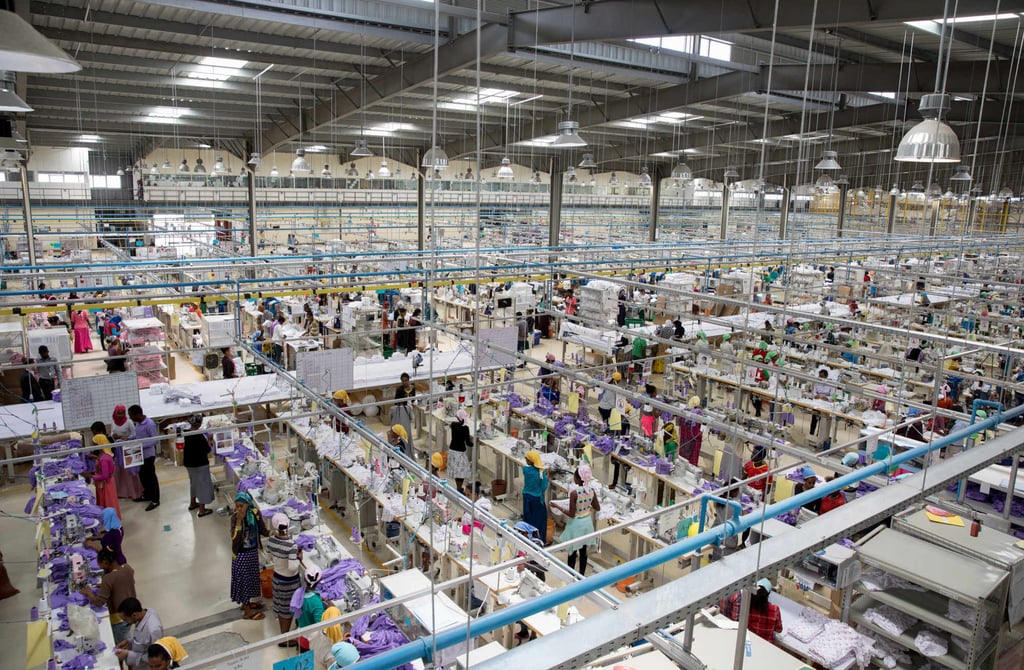Why the fashion world’s net-zero carbon emissions goal hinges on big brands sharing the cost, and why for manufacturers, one size doesn’t fit all
- The fashion industry, behind 2-8% of all greenhouse gas emissions, aims for net zero by 2050, but can this be achieved as our appetite for fast fashion grows?
- Experts call on rich brands to help finance cleaner production lines from Pakistan to Bangladesh, and to take a tailored approach when it comes to suppliers

With all eyes on climate talks in Dubai, the world of fashion is working out how it can fulfil an ambitious pledge to slash the emissions it makes clothing the world with speed and style.
And the outlook isn’t rosy.
Big brands have promised big cuts to their carbon footprint – but it is manufacturing that causes most of the environmental damage and somebody has to foot the bill for the radical change.
“The scale of the decarbonisation challenge completely dwarfs the funds available,” says Vidhura Ralapanawe, executive vice-president of Hong Kong-based fashion manufacturer Epic Group.

Epic – which makes clothes in Bangladesh, Jordan and Ethiopia – has been at the forefront of global efforts to clean up the environmental footprint of the US$2 trillion fashion industry.
“We are working with local and global organisations to move the whole industry forward, while trying to bring together brands, retailers, manufacturers, mills, and service providers.”
